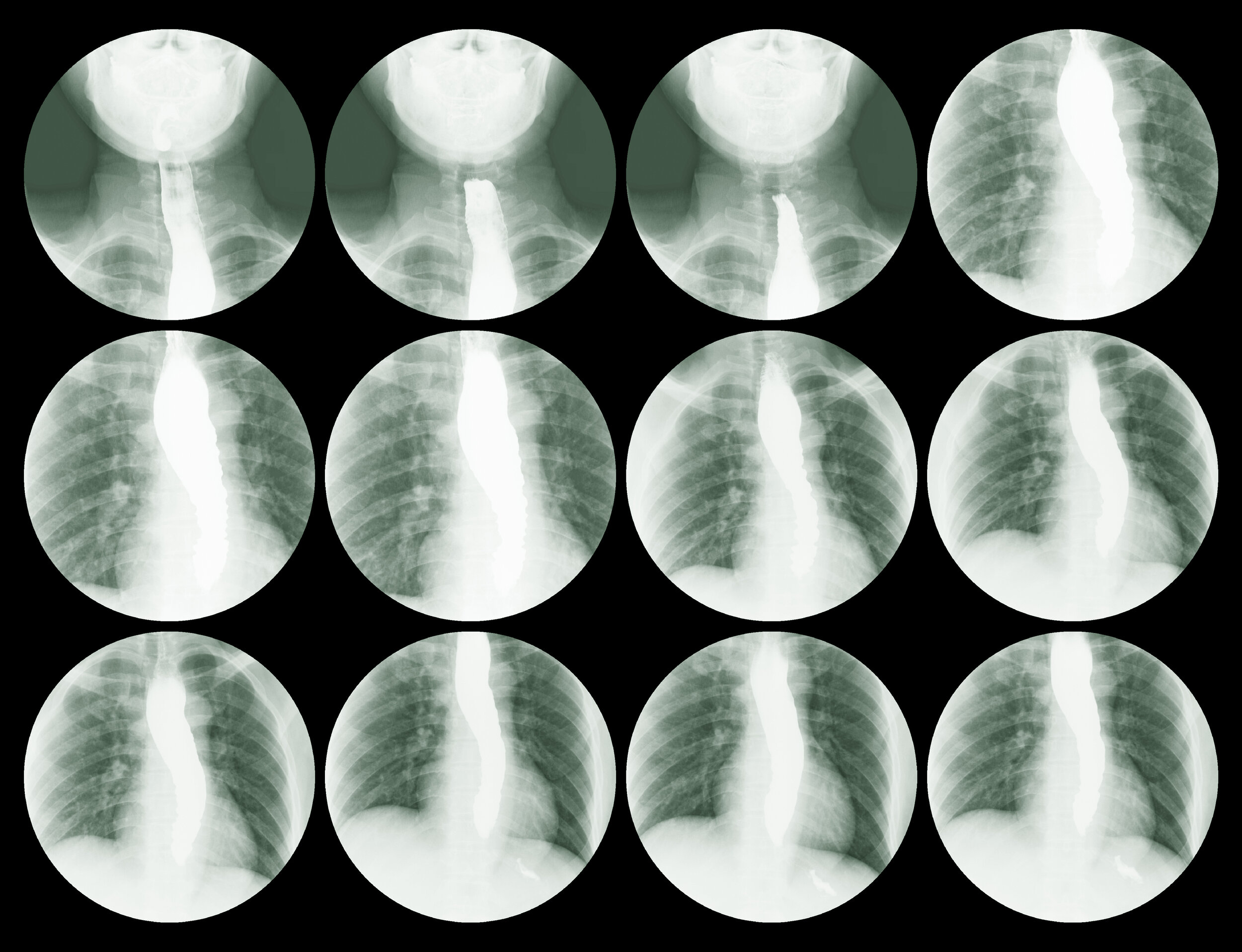Diagnosing Reflux: What Is A Barium Swallow?
If you have been diagnosed with GERD or any other digestive issue, there are several GERD diagnostic tests that your doctor can recommend, among them the barium swallow. A barium swallow test can diagnose several conditions, but we want to focus on how it can help diagnose GERD. This blog discusses what a barium swallow is, what happens during it and what to expect from a barium swallow.
What Is A Barium Swallow?
During a barium swallow, your doctor uses X-rays to take a close look at your back of the mouth, your pharynx, and your esophagus, the tube that runs from the back of your tongue down to your stomach. It is used to diagnose gastroesophageal reflux disease (GERD), esophageal cancer, and other issues.
Types of Barium Swallows
When preparing for your barium swallow test, you have to consider what kind of test you are getting. There are two primary barium swallow tests: a liquid barium swallow and modified barium swallow.
A liquid barium swallow involves drinking the mixture, which can be flavored or unflavored depending on what works best for you. A modified barium swallow test analyzes three phases of swallowing: oral, pharyngeal, and upper esophageal. In contrast, a barium swallow examines how liquid travels through the esophagus and into the stomach.
What Happens During A Barium Swallow
During the procedure, you will be asked to swallow small amounts at a time as they x-ray what is going on inside your throat and esophagus. The liquid barium sulfate solution coats whatever it comes into contact with so that when an x-ray is taken, what they are looking for shows up on the X-ray. This can be helpful if there has been a history of esophageal strictures or narrowing to diagnose what's happening in that area and what might be causing it. It may also help identify an obstruction further.
How Long Does A Barium Swallow Test Take?
A standard barium swallow exam takes about 30-60 minutes to complete. In some cases, the test might be longer if there is a need to repeat swallows for what they are looking for to show up on an x-ray. It can also take more time depending on what else may be happening during your exam that could require additional images or testing, such as endoscopy or capsule studies.
Barium Swallow Side Effects
Constipation or fecal impaction may occur if the barium is not completely expelled from the body after the procedure. For your body to eliminate the barium, drink plenty of fluids and consume foods high in fiber. Your doctor might prescribe a laxative if that doesn't work.
Your bowel movements might appear lighter in color after your procedure. This occurs because the body cannot absorb the barium. You will see that the color of your stool returns to normal as soon as all the barium has been eliminated.
If you experience any of the following, consult your physician as soon as possible:
It is difficult for you to have a bowel movement.
Your abdomen hurts or feels bloated.
There is a decrease in diameter in your stools.
Barium swallows also expose patients to radiation, as do all X-ray procedures. Radiation-related complications accumulate over time and are associated with the number of X-ray exams and treatments a person undergoes. Before your barium swallow, it may be helpful to provide your doctor with a record of past radiation procedures.
A barium swallow is a helpful GERD diagnostic test. At Tampa Bay Reflux Center, we can perform your barium swallow to uncover your reflux issues. You can schedule your test today.

